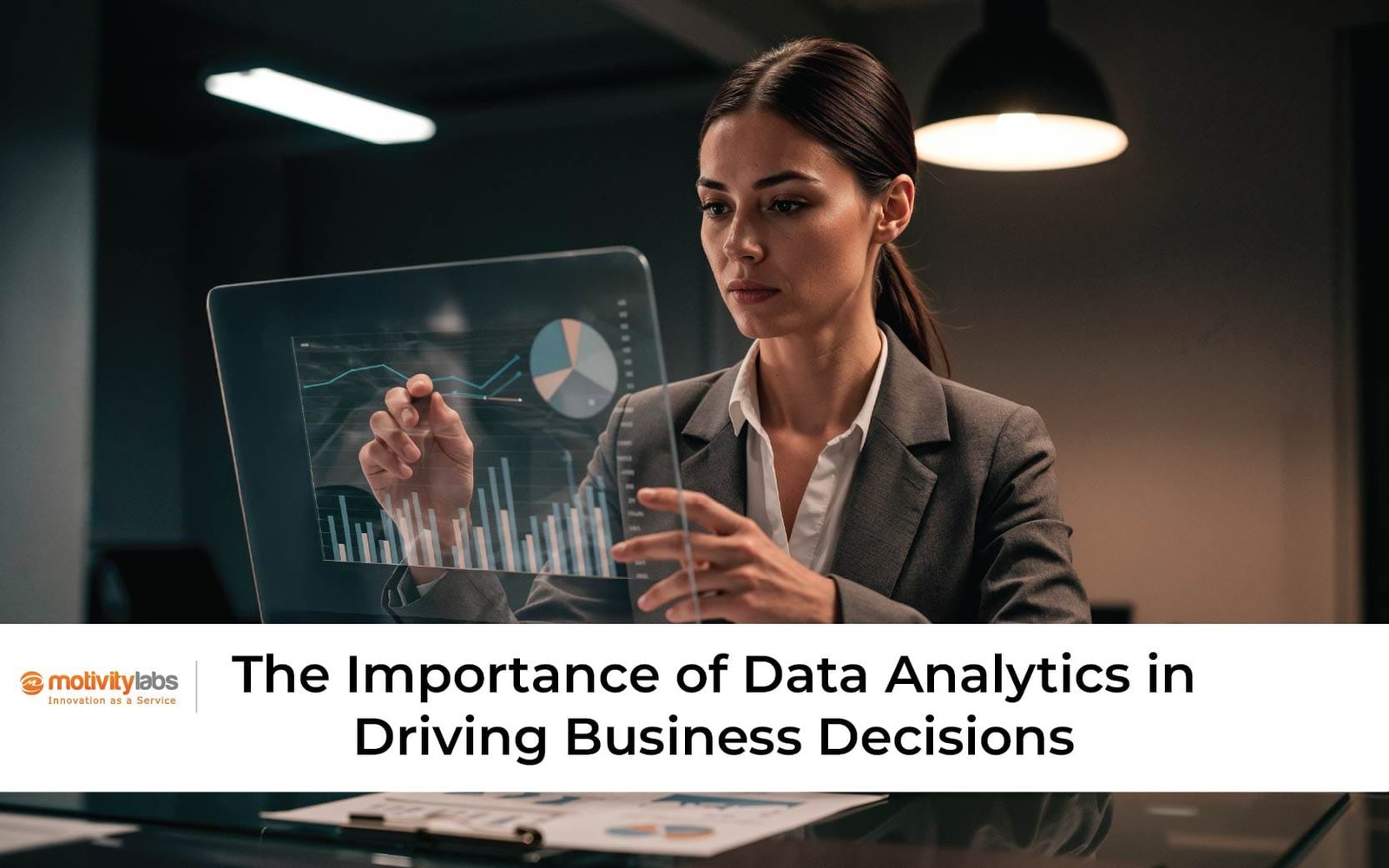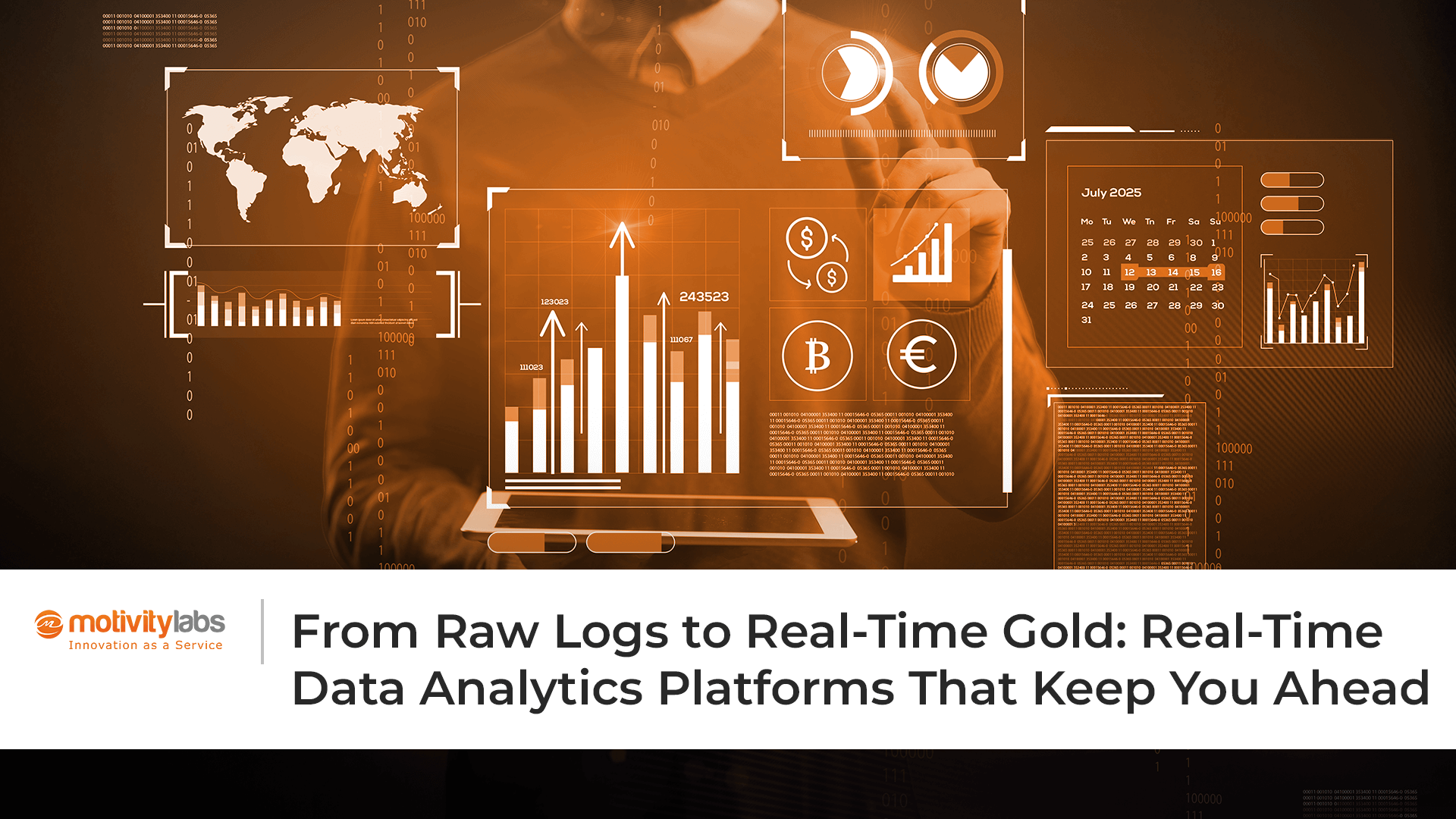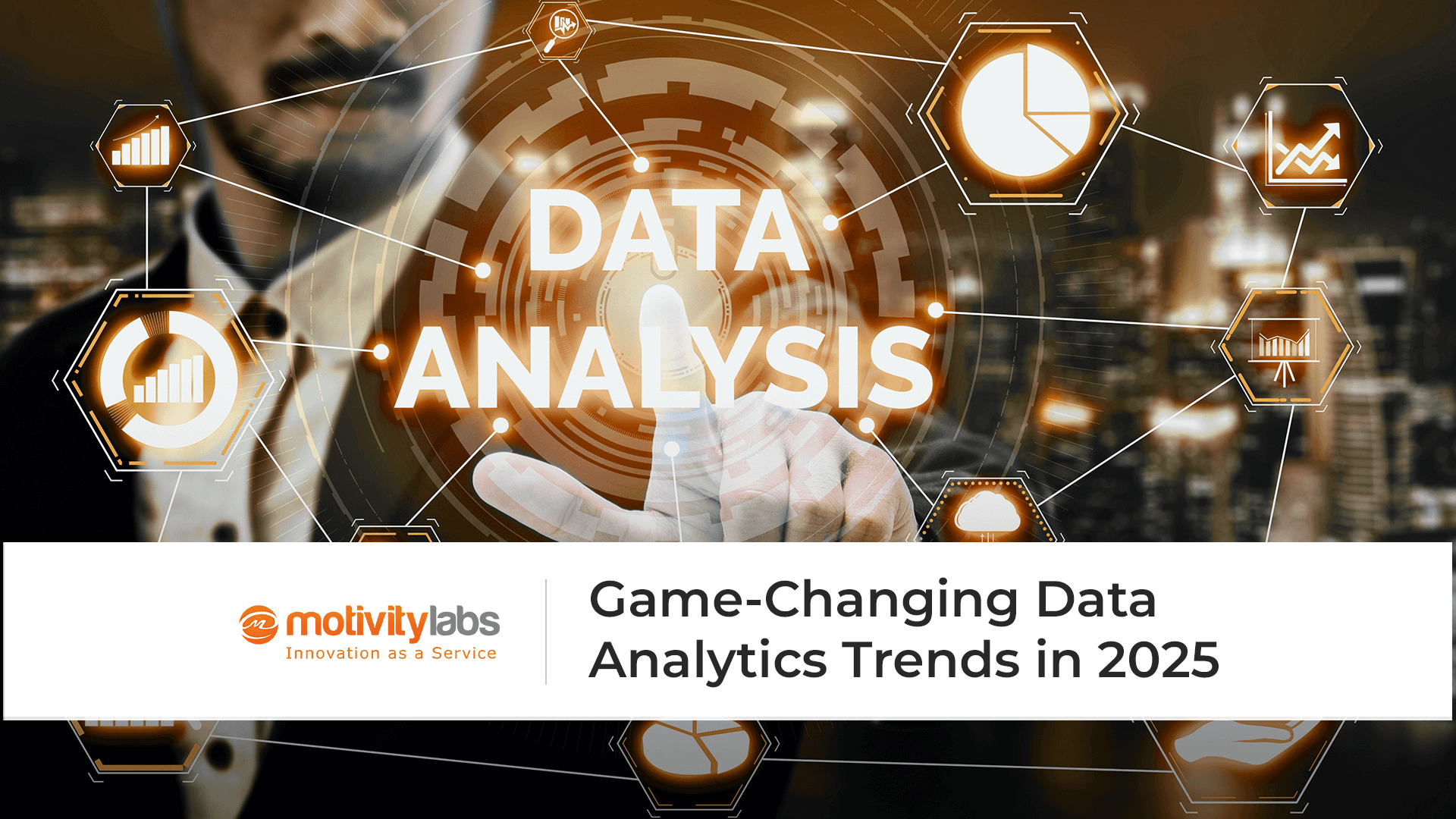Table of Contents
Imagine navigating a ship in the ocean without any compass, stars, or map. That is how businesses operate without data analytics, directionless, reactive, and vulnerable to changing tides. As businesses navigate a digital-first world, where competition is fierce and margins are tight, data is not just a byproduct. It is the new business fuel.
Organizations that can turn raw data into actionable insights gain a competitive edge. From identifying trends and customer preferences to improving operations and forecasting market shifts, data analytics has evolved into a core strategic function.
Let us break down how analytics is becoming the brain behind better business decisions.
Harnessing the Power of Data in a Crowded Digital World
In the age of cloud computing, IoT, social media, and mobile platforms, companies are collecting more data than ever. But raw data alone holds little value. The real magic begins when analytics is applied, transforming bytes and bits into knowledge that drives strategy.
Whether it is sales numbers, customer behavior, website engagement, or supply chain performance, data analytics turns a firehose of information into a focused stream of insights. Furthermore, when decision-makers can see patterns, trends, and anomalies, they make faster, smarter, and more confident decisions.
Turning Gut Feelings Into Data-Driven Confidence
In the past, many business decisions were driven by intuition or experience. While seasoned judgment has value, it cannot match the precision and clarity that data analytics provides. Data eliminates the guesswork.
Want to launch a new product? Do not just rely on a hunch. Analyze purchasing behavior, customer feedback, and market gaps. Planning your marketing spend? See which channels give the best ROI before committing a dollar. Data analytics empowers leaders to pivot from gut-based instincts to evidence-based strategies.
Key Ways Data Analytics Shapes Business Decisions
Let us explore how data analytics directly influences core business areas:
Customer-Centric Strategies
Data allows companies to truly understand their customers, who they are, what they want when they buy, and how they engage. With this knowledge, businesses can:
- Personalize offers and communication
- Segment audiences more effectively
- Predict customer churn
- Improve user experience across platforms
Netflix is a classic example. Its recommendation engine, driven by viewer data, fuels binge-worthy success. Similarly, retail giants use analytics to predict seasonal demand, track inventory, and boost customer loyalty.
Operational Efficiency
Data analytics streamlines internal processes, identifies bottlenecks, and reduces waste. From manufacturing floors to logistics networks, companies use data to optimize:
- Resource allocation
- Inventory management
- Workflow automation
- Staffing schedules
For instance, predictive analytics in the supply chain can flag potential delays before they happen, allowing proactive responses. This cuts costs and boosts customer satisfaction.
Risk Management
Data analytics plays a crucial role in detecting risks, financial, operational, or compliance-related. It helps organizations:
- Monitor fraud signals in real-time
- Identify credit risks
- Analyze cybersecurity threats
- Ensure regulatory compliance
Financial institutions, for example, deploy advanced analytics to spot suspicious transactions within seconds, shielding themselves and customers from potential fraud.
Market and Competitive Intelligence
Understanding market trends and competitor behavior is vital. Analytics helps:
- Track industry benchmarks
- Evaluate pricing trends
- Monitor social sentiment
- Forecast future demand
With this intelligence, businesses can refine their positioning, product offerings, and marketing strategies. This helps them stay agile and one step ahead of the competition.
Empowered Human Resources
People analytics is changing how organizations hire, retain, and develop talent. With HR data, companies can:
- Improve recruitment strategies
- Track employee engagement
- Forecast attrition
- Align workforce with business goals
Instead of annual reviews and outdated metrics, HR now leans on real-time dashboards to make impactful decisions about people and culture.
Real-Time Decision-Making: Analytics on the Move
Speed matters. And traditional, backward-looking reports are not fast enough anymore. Businesses are increasingly adopting real-time analytics, which gives decision-makers instant access to live data.
Think about a retail chain adjusting in-store promotions based on daily foot traffic or an airline optimizing gate assignments using live weather and traffic feeds. Real-time insights bring agility into decision-making, enabling businesses to adapt to change as it happens, not after the fact.
Predictive and Prescriptive: The Next Level of Intelligence
Data analytics is not just about telling you what happened. It is about predicting what is next and prescribing what to do about it.
- Predictive analytics uses historical data to forecast future outcomes. For instance, which customers are likely to make a purchase this month?
- Prescriptive analytics goes further, recommending actions based on predictive insights. For example, which marketing channel should you invest in to capture those customers?
Together, they help businesses stay ahead of the curve, not just react to it.
Democratization of Data: Insights for All
Modern analytics platforms are increasingly user-friendly, giving access to more than just data scientists. This democratization means:
- Marketing teams can track campaign performance in real-time
- Sales teams can forecast pipelines using dashboards
- Executives can view KPIs on mobile devices
When everyone in the organization has access to data and knows how to use it, better decisions happen at every level.
Data Analytics + AI: A Power Combo
Artificial intelligence is accelerating the power of analytics. Machine learning algorithms can process vast datasets, detect patterns the human eye might miss, and even automate decision-making.
Examples include:
- Chatbots using NLP to enhance customer service
- AI tools scanning resumes to shortlist top candidates
- AI-generated insights that flag product issues before they impact customers
This synergy is reshaping industries, making analytics a tool and a strategic advisor.
Challenges Still Exist
Despite the clear benefits, some businesses struggle with analytics due to:
- Data silos across departments
- Lack of data literacy among staff
- Poor data quality or outdated systems
- Unclear data governance policies
To overcome these challenges, organizations must build a culture of data, from investing in the right tools to training people at all levels.
Why Data Analytics Is Non-Negotiable
The question is no longer “Should we use data analytics?” but “How fast can we get better at it?”
In a world shaped by fast change, customer expectations, and digital disruption, data analytics is not a luxury. It is a lifeline. Companies that harness analytics can anticipate trends, act faster, serve better, and compete smarter. It is the difference between leading the market and lagging behind it.
And that is where Motivity Labs comes in.
Motivity Labs has a proven track record of helping global organizations make smarter, faster, and more profitable decisions through data. It offers end-to-end analytics services, covering everything from strategy and integration to insights and automation. Whether at the start of your analytics journey or looking to scale your capabilities, Motivity Labs empowers you to transform your data into a powerful decision-making engine.
In the data-driven age, your future depends on how well you understand the present.
Hope this helps!



